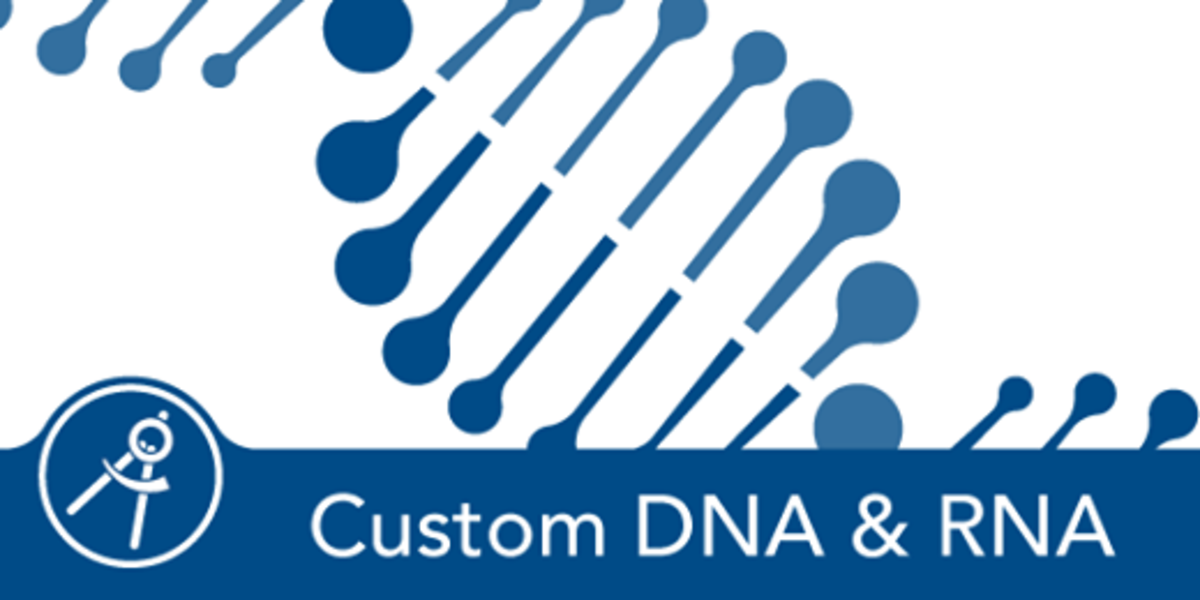Due to their ease of use, fast speed, and accuracy, NanoDrop instruments are frequently used to perform quantification on various types of nucleic acid molecules, including DNA oligonucleotides, double-stranded DNA, and RNA. Specifically when measuring oligonucleotides, it is important to acknowledge their unique characteristics, which can require adjustment of NanoDrop parameters for correct readings.
Here, we provide a summary of recommended procedural adjustments when using the NanoDrop instrument to obtain accurate quantification of oligonucleotides. Download the full whitepaper below.

Use an oligo-specific conversion factor instead of a general single-stranded DNA conversion factor
Oligonucleotides are short, single-stranded molecules. Their UV spectrum and extinction coefficient are much more dependent on their base composition and sequence context compared to longer ssDNA and RNA molecules. Thus, for accurate quantification, determine and apply an oligo-specific conversion factor, rather than the standard conversion factor of 33 ug/A260. The NanoDrop software will do this for you, when you choose either “custom” or “oligo” option from the sample type menu.
Use the MicroArray module of the NanoDrop software for measuring oligonucleotides with modifications
Many of the modifications added to the 5′ or 3′ ends of oligonucleotides absorb light, and as a result, can affect quantification results. Thus, for accurate quantification of modified oligonucleotides, use a correction factor. To obtain this value with the NanoDrop software, use the MicroArray module, which provides an automatic correction for modification absorbance.
Make dilutions to ensure absorbance measurements use 1 or 0.2 mm path lengths
NanoDrop instruments can measure a wide concentration range of nucleic acids through use of multiple path lengths. However, an instrument’s acceptable error increases as the path length is shortened. The most accurate quantification results can be achieved by measuring diluted oligonucleotides with an absorbance <12.5. This will ensure the instrument makes absorbance measurements at a 1 or 0.2 mm path length, providing a much smaller error tolerance.
Determine the approximate absorbance of an oligonucleotide stock solution using the Beer-Lambert equation:
A = ε b c
Where:
A = Absorbance
ε = Molar attenuation coefficient (L/(mole·cm), obtained from the manufacturer)
b = Path length (cm)
c = Concentration (M, mole/L)
Turn off the default baseline correction for oligonucleotides with modifications that absorb light at 340 nm
The default setting for NanoDrop instrument measurements is 340 nm. This correction is necessary, because it adjusts for any light scattering event that may skew results. However, certain oligonucleotide modifications absorb light at this wavelength, so this correction could lead to an inaccurate result.
It is also noteworthy to mention that traditional purity ratios (A260/280 and A260/230), used as an indication of the presence of various contaminants in nucleic acid samples, do not apply to oligonucleotides, because the shape of the oligonucleotide UV spectrum is highly dependent on base composition.
